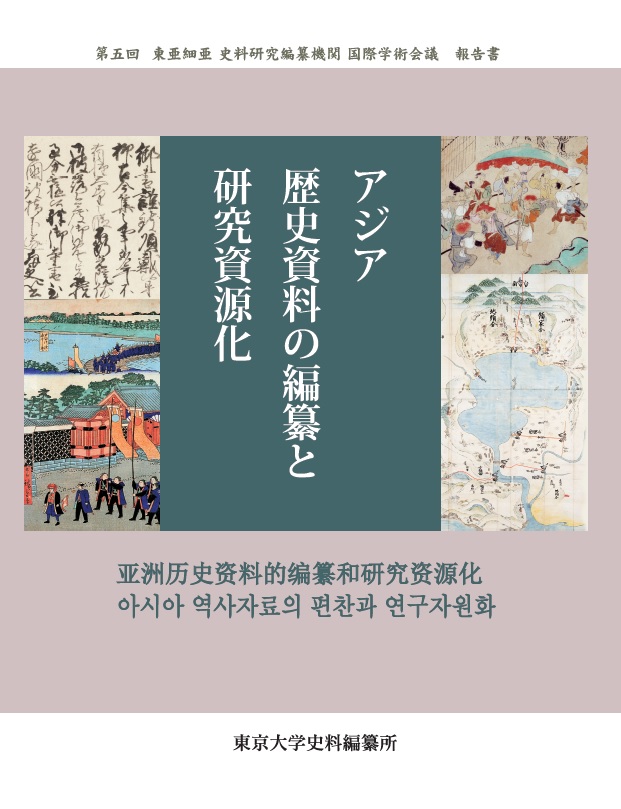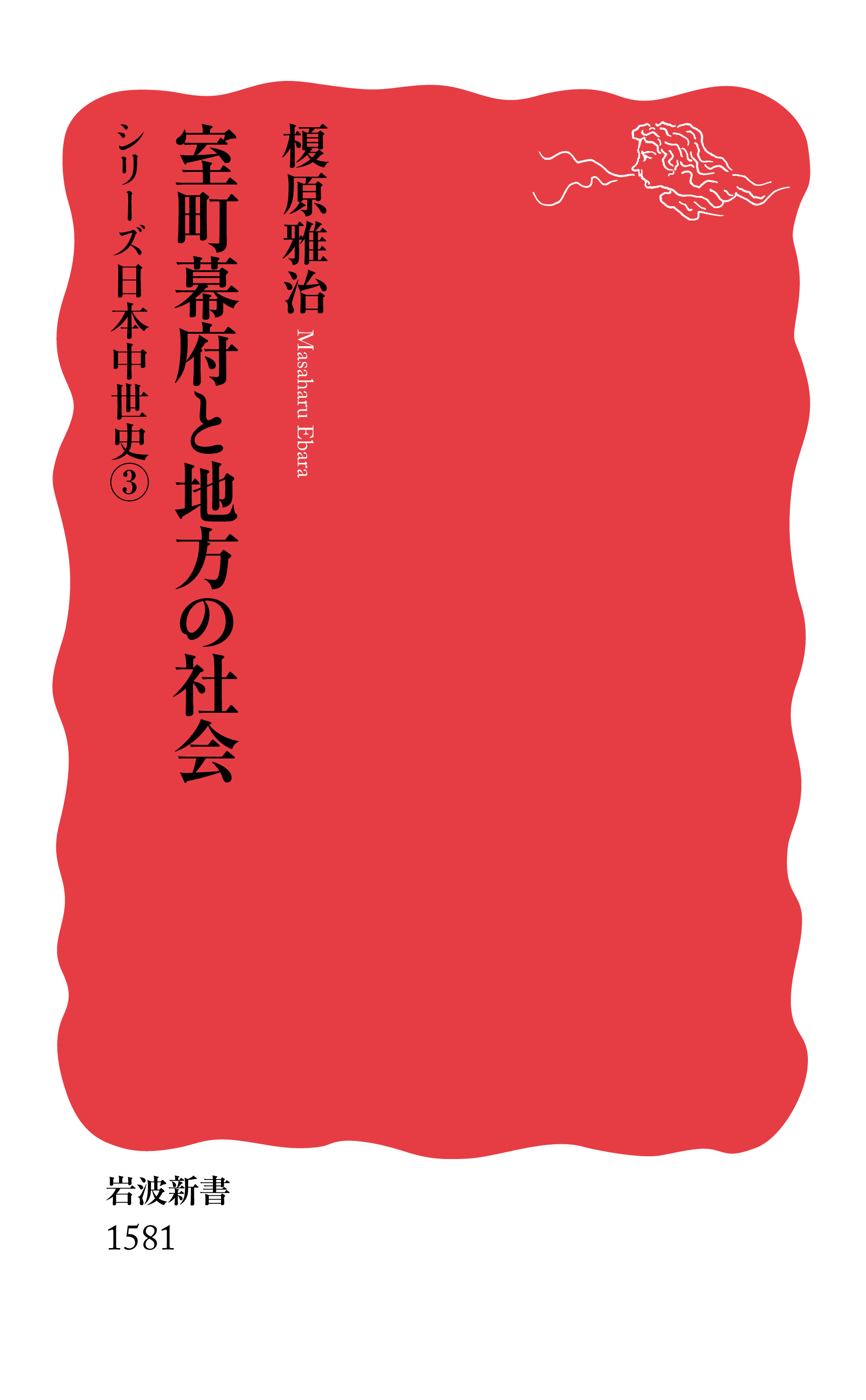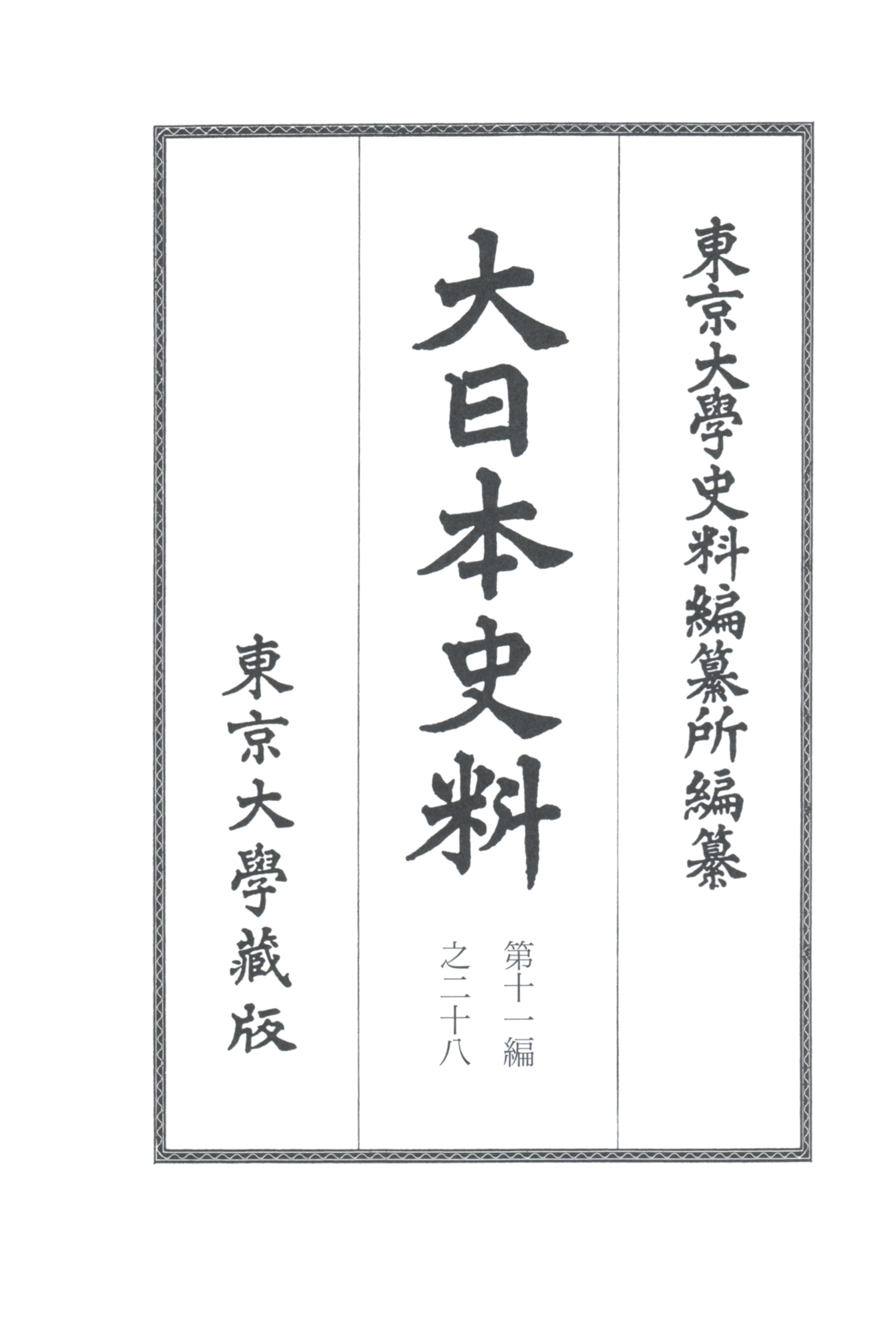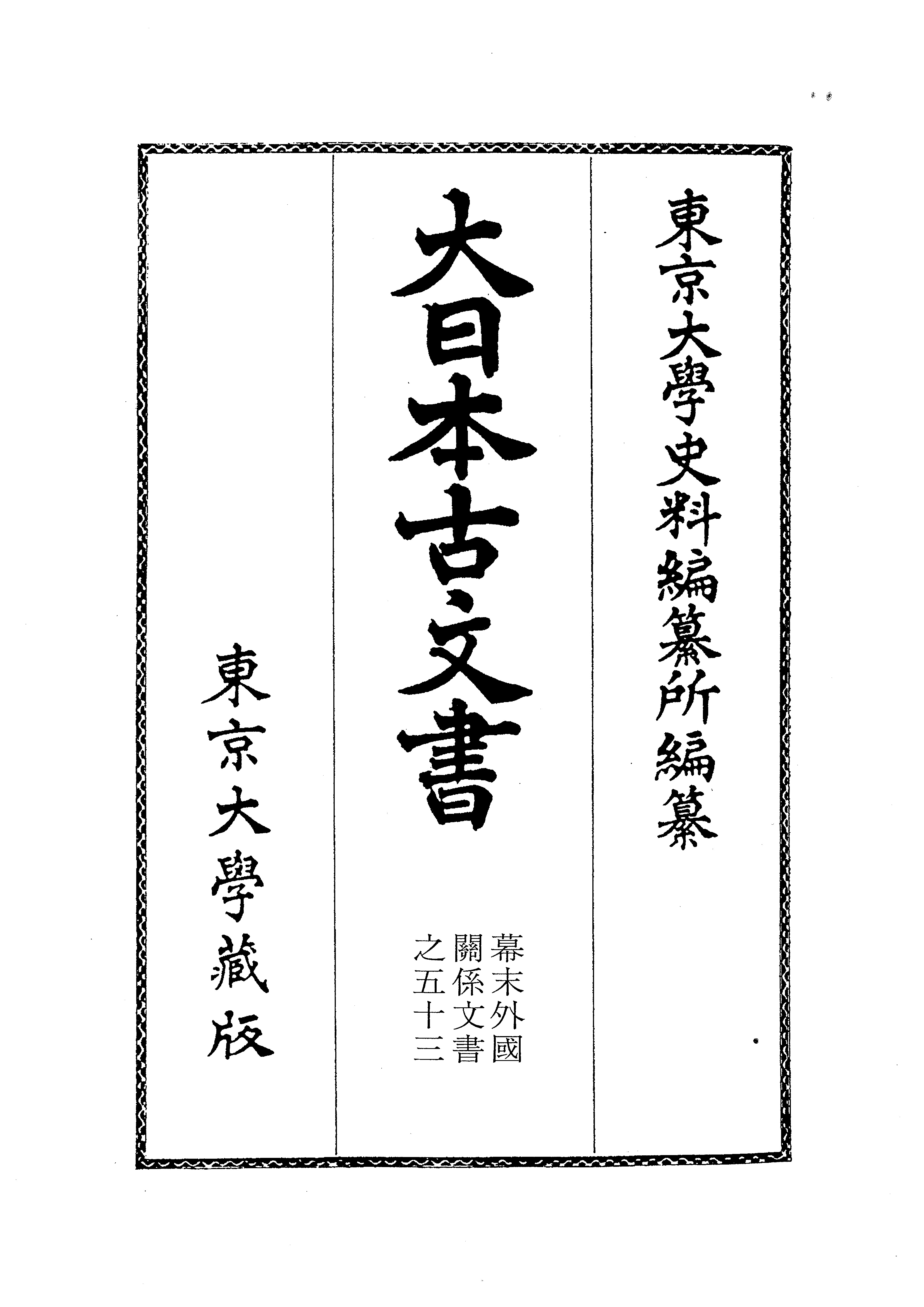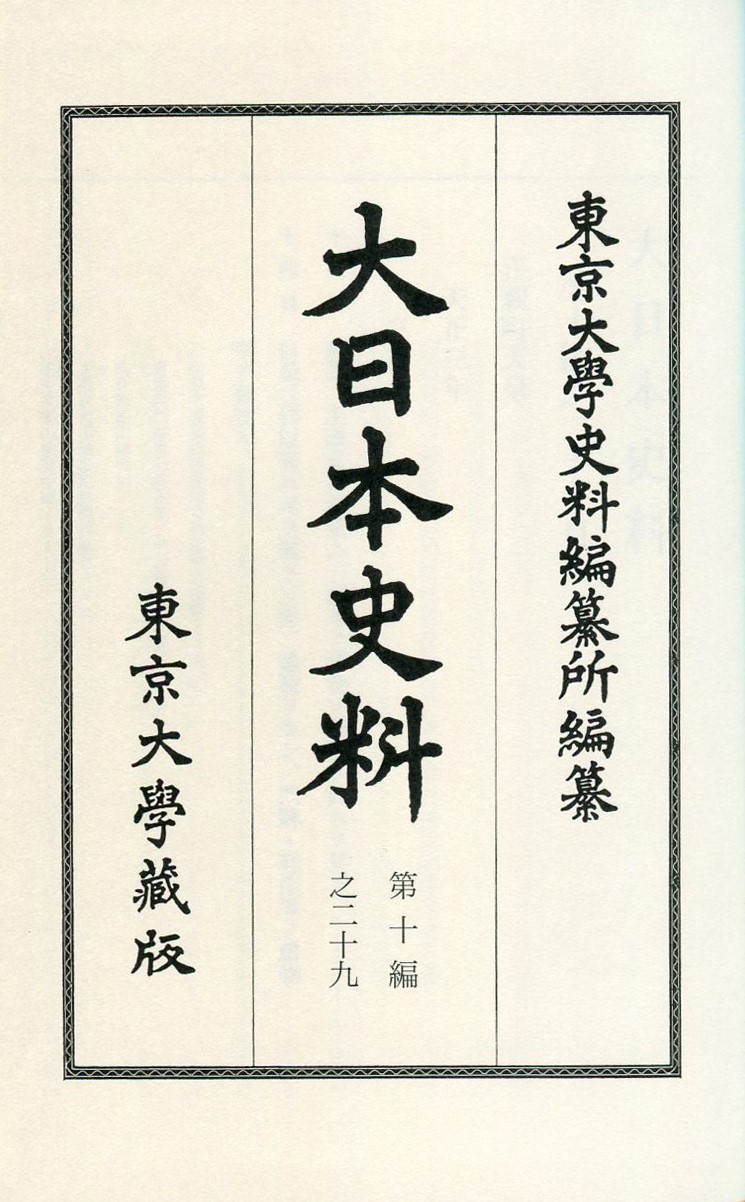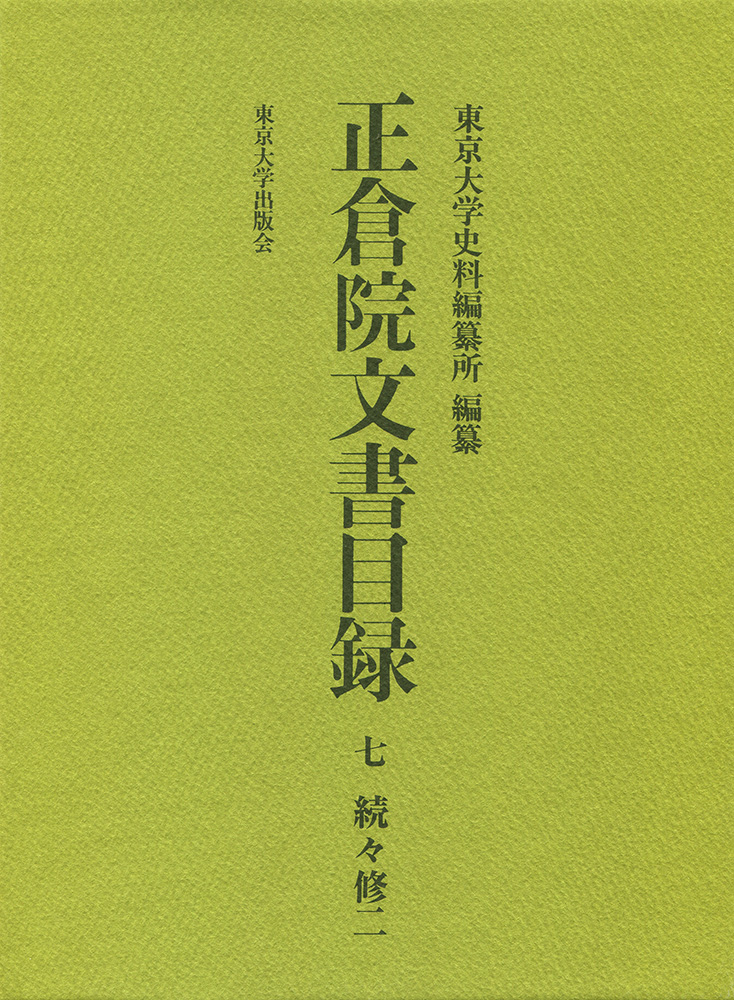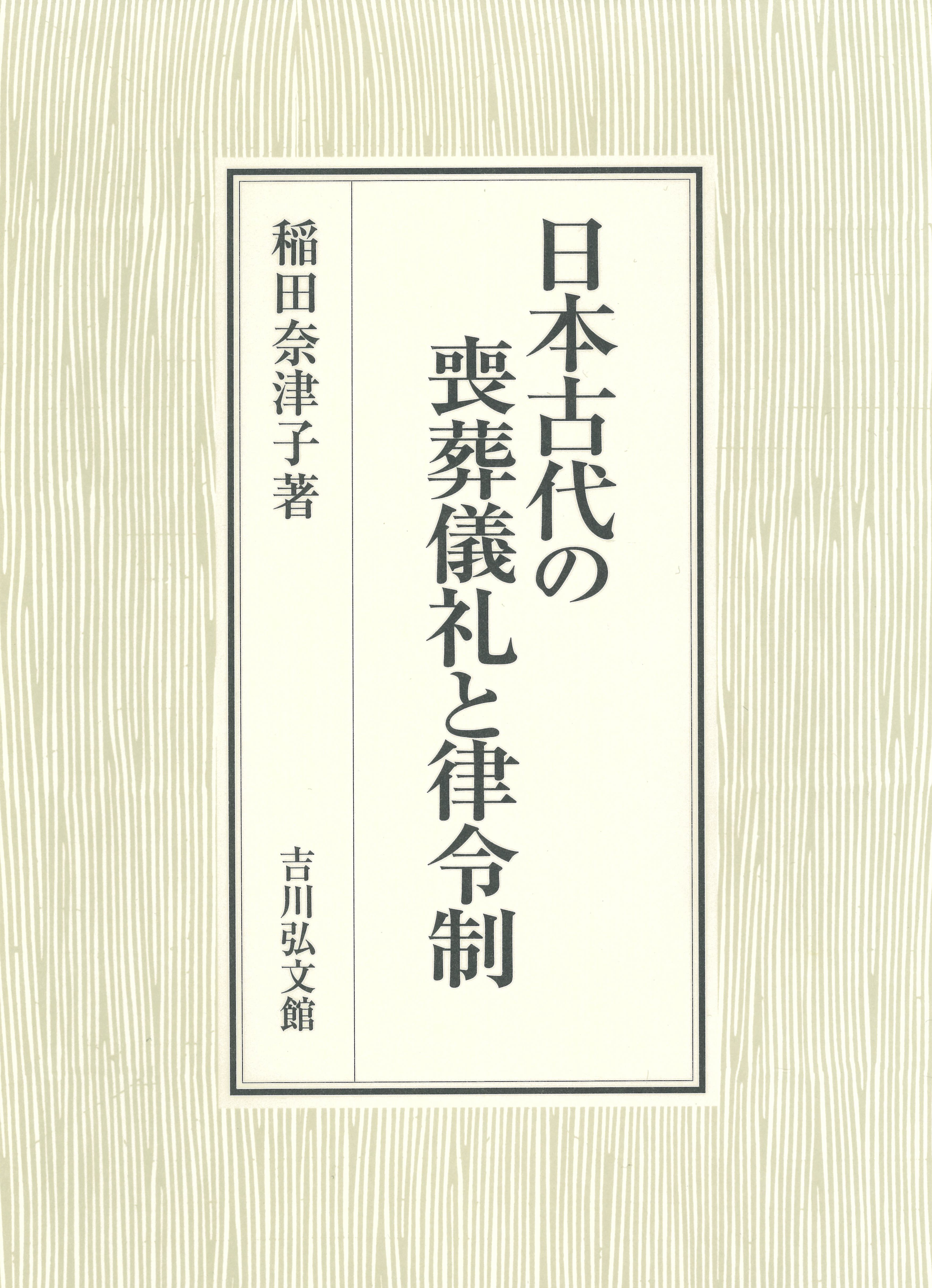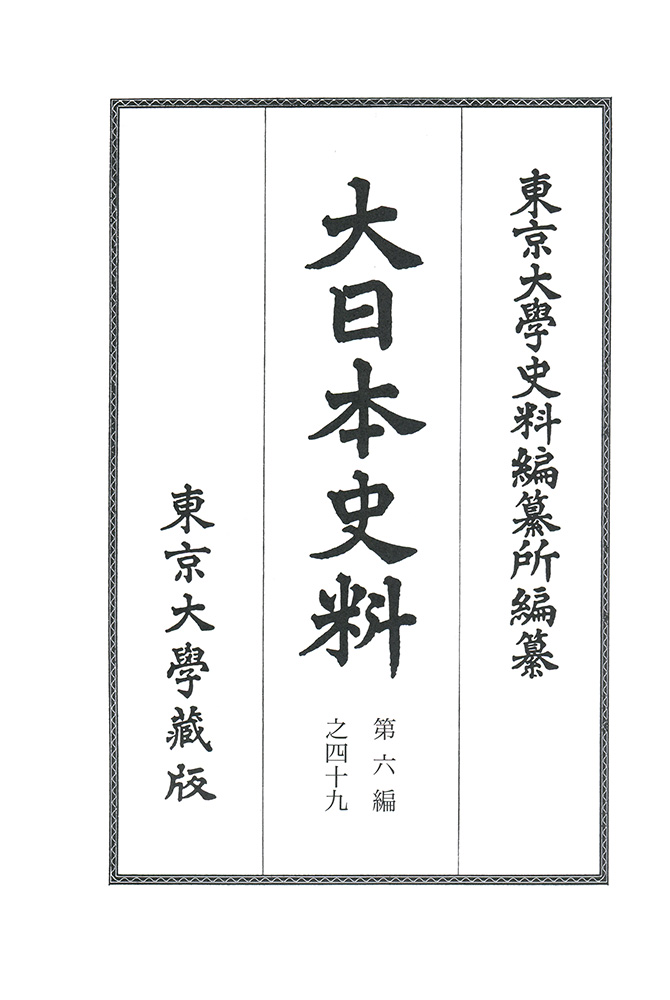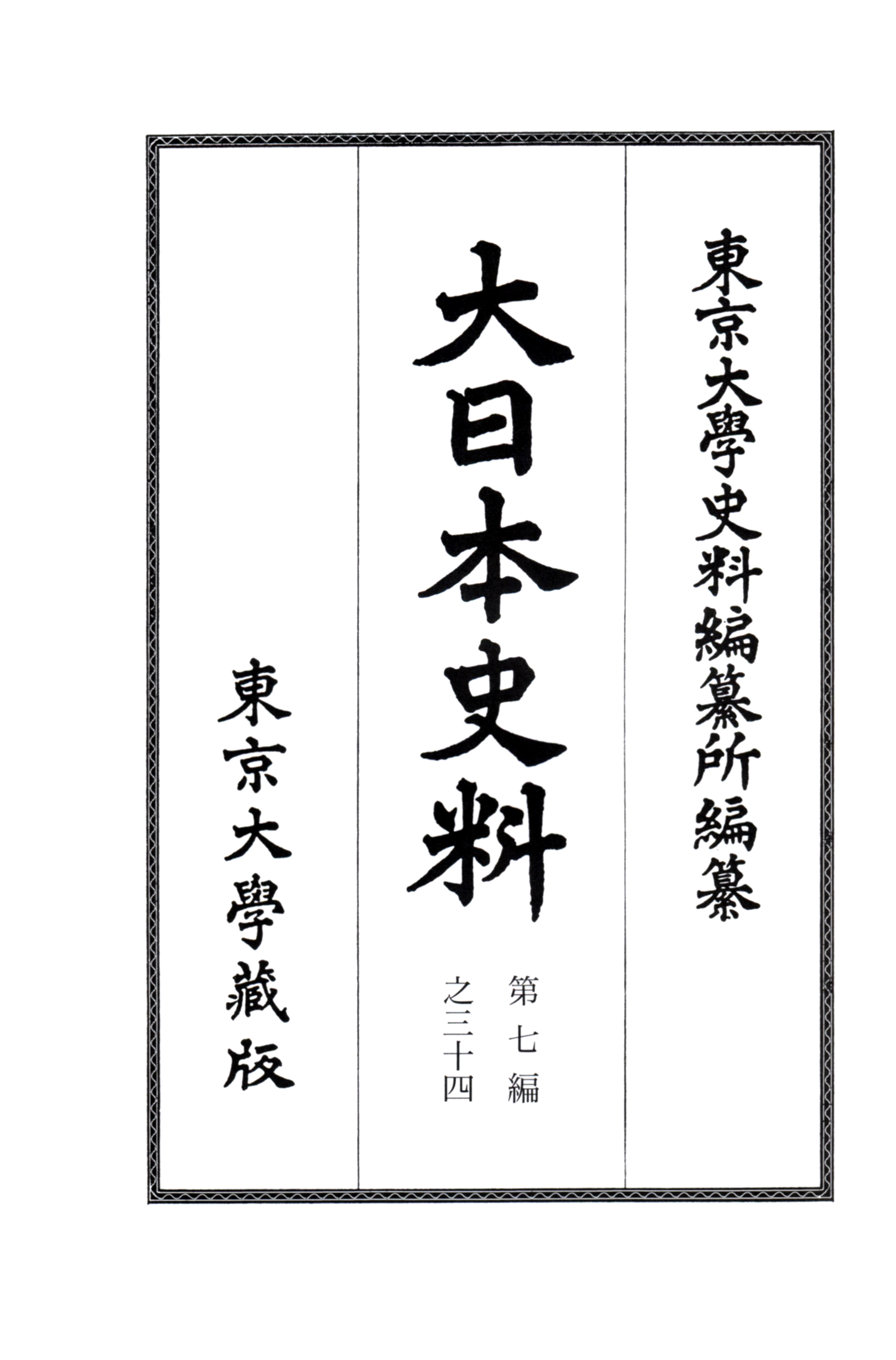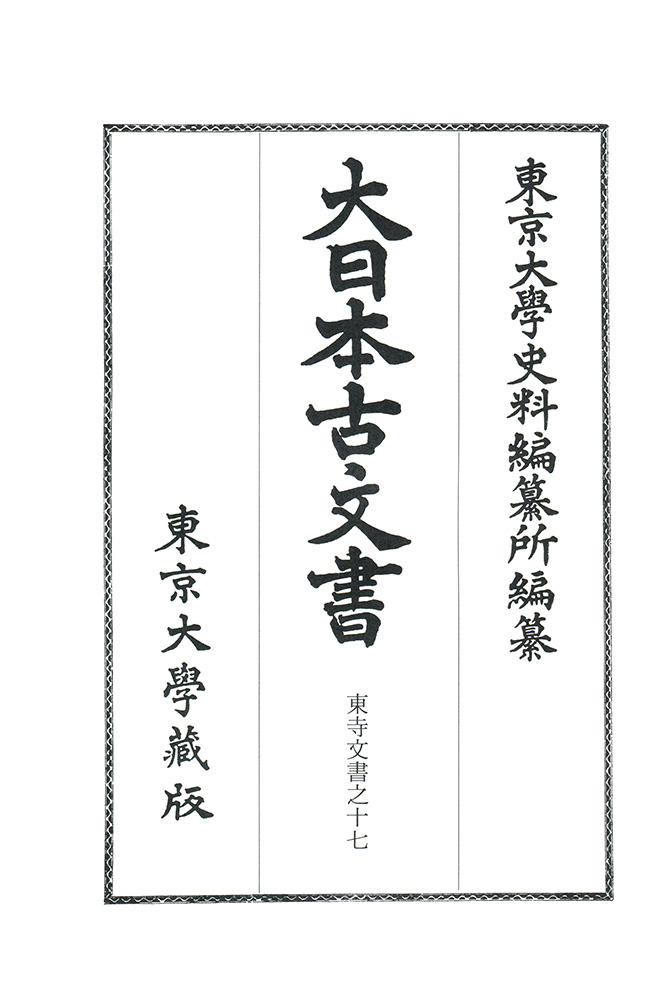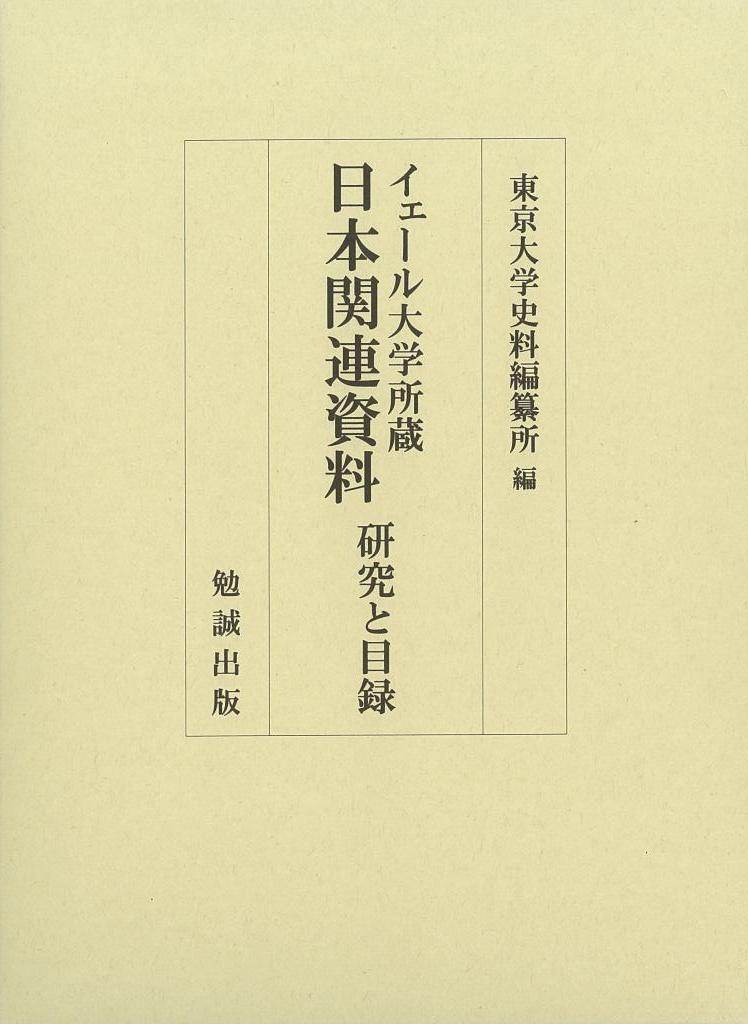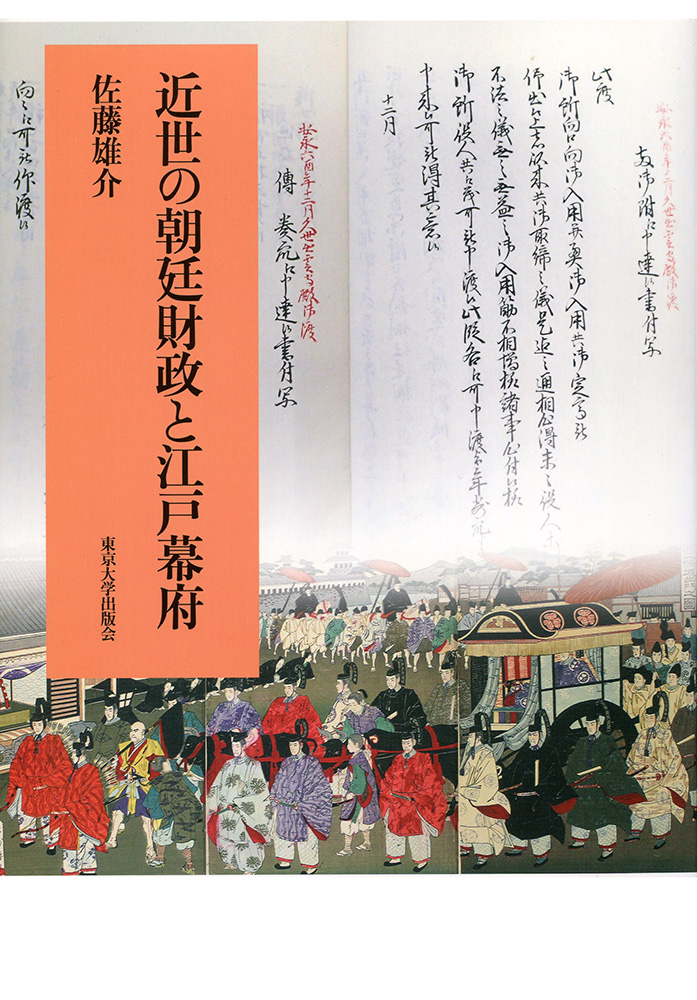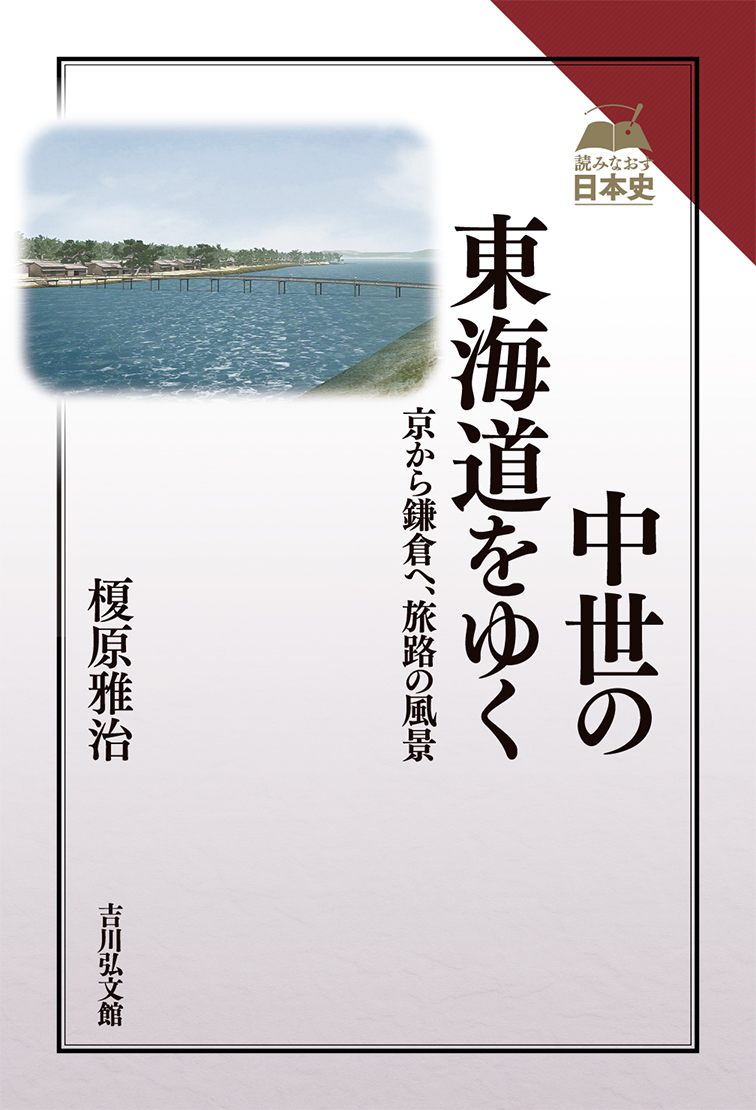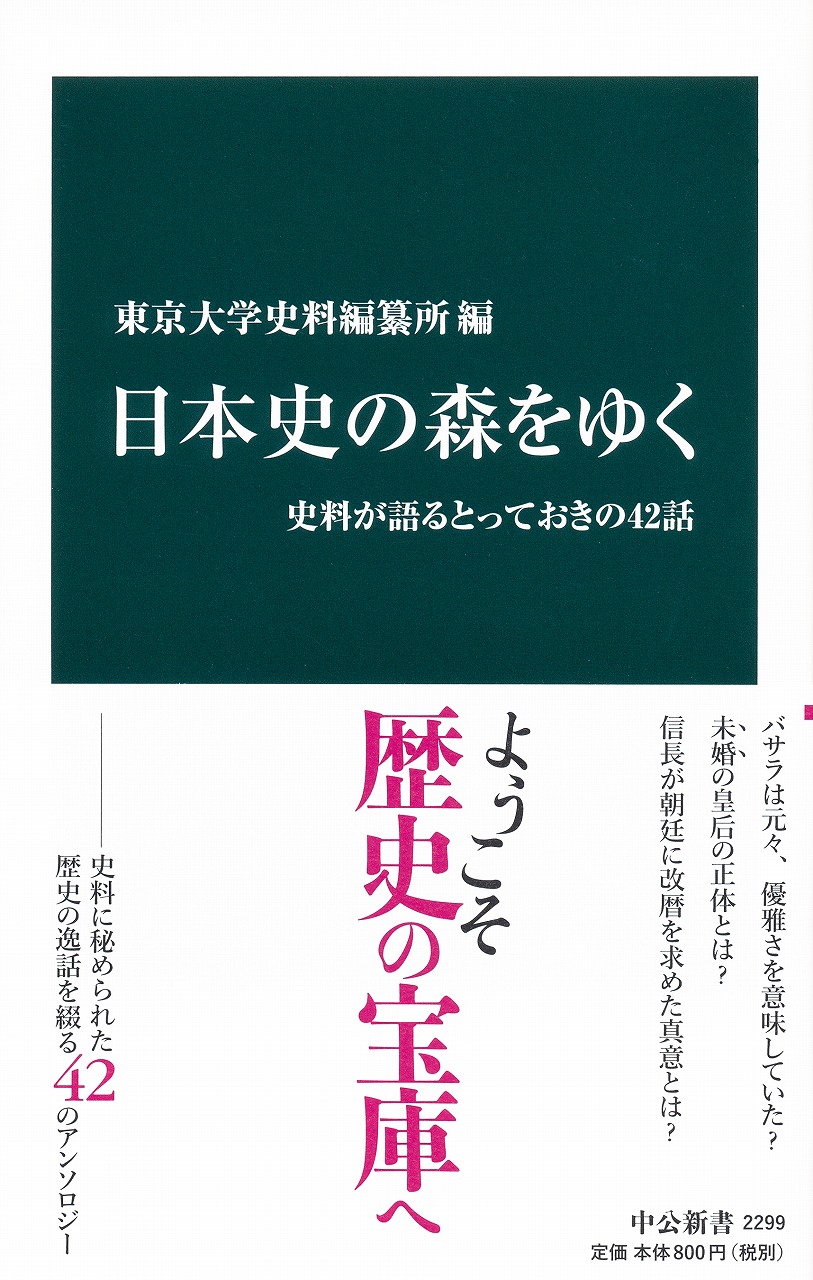
Title
Nihonshi no mori o yuku (Walking through the Forest of Japanese History – A Treasury of Forty-Two Tales as Told from Historical Sources)
Size
256 pages, paperback pocket edition
Language
Japanese
Released
December 20, 2014
ISBN
978-4-12-102299-8
Published by
Chuokoron-Shinsha, Inc.
Book Info
See Book Availability at Library
Japanese Page
Are you familiar with an entity called the Historiographical Institute of the University of Tokyo? Go through the Red Gate of the Hongō Campus, and it is the building to your immediate left. This publication Walking through the Forest of Japanese History has been penned by 42 members of the teaching staff at the Historiographical Institute.
The Historiographical Institute’s primary mission is to collect historical materials from antiquity to the Meiji Restoration, survey them, and enter findings into compilations of historical source materials. Currently, members of the Historiographical Institute’s research staff are working in teams to edit and publish a wide range of historical sources created with different objectives in mind, for instance, the Dai Nihon Shiryō and Dai Nihon Komonjō.
Research staff also publishes a variety of academic papers in their fields of research. Although many researchers of Japanese history at universities and research institutes diligently pursue important projects, the Historiographical Institute’s staff is distinguished by their commitment to a research institute whose mission is publishing historical source materials and by their involvement in individual research themes in relation to this mission. This volume gathers contributions from 42 authors writing about their particular fields and is not limited to any one field. However, this compilation by scholars all engaged in the Historiographical Institute’s editorial and research endeavors (albeit on an individual basis) exhibits an overall unity of purpose and approach.
In the opening chapter, for example, we find a record of the Institute staff’s daily struggles—being swamped by the task of delicately combing through the abundant source materials at their disposal. This is a dedicated cadre of specialists, demonstrating a high degree of tenacity and panache in laying foundations for further historical research—reconstructing broken, dismembered source materials, reading between the lines of fragmentary sources to tease out interpersonal relationships lying hidden between their pages, and delving into what particular words and phrases meant when they were written.
Chapter 2 gathers discussions on the theme of Japan’s relations with overseas countries from ancient times to the Meiji period (1868–1912). Since the prewar period, the Historiographical Institute has maintained a tradition of proactive sourcing of materials from overseas collections. Indeed, its focus on the history of foreign relations has been one of its distinguishing contributions—ranging from letters written by Portuguese and Dutch voyagers to Japan to interpretations of esoteric Chinese classical poetry written by Japanese Zen Buddhist monks and the cannon belonging to a Christian daimyo discovered in a museum in far-off Saint Petersburg, Russia. Because the Institute staff stays at the cutting edge of publishing with a wide range of overseas research’s latest findings, such accounts open to modern readers the actions and thinking of Japanese people of the distant past.
Chapters 3–5 cover episodes concerning nobles, samurai, and commoners—but not the well-known people who appear in textbooks. If anything, these histories focus on ordinary, “unremembered” people’s everyday lives in the pre-modern past: a provincial, a local daimyo of the Warring States period (1467–1568) wishing to win the daughter of a nobleman; office-seeking ronin samurai of the early seventeenth century, a spendthrift head of house and his family and servants struggling by his nature. The true character of past ages reveals itself in these accounts of daily life. This volume contains a wealth of the latest findings on people from Japan’s past—women who became empresses without ever being married, for example, and medieval Zen monks struggling to learn the rudiments of farming. Through this volume, the reader will appreciate the authors’ passion for bringing past individuals into the present as living, breathing people through the faint documentary traces of history.
(Written by EBARA Masaharu, Professor, Historiographical Institute / 2018)



 Find a book
Find a book


